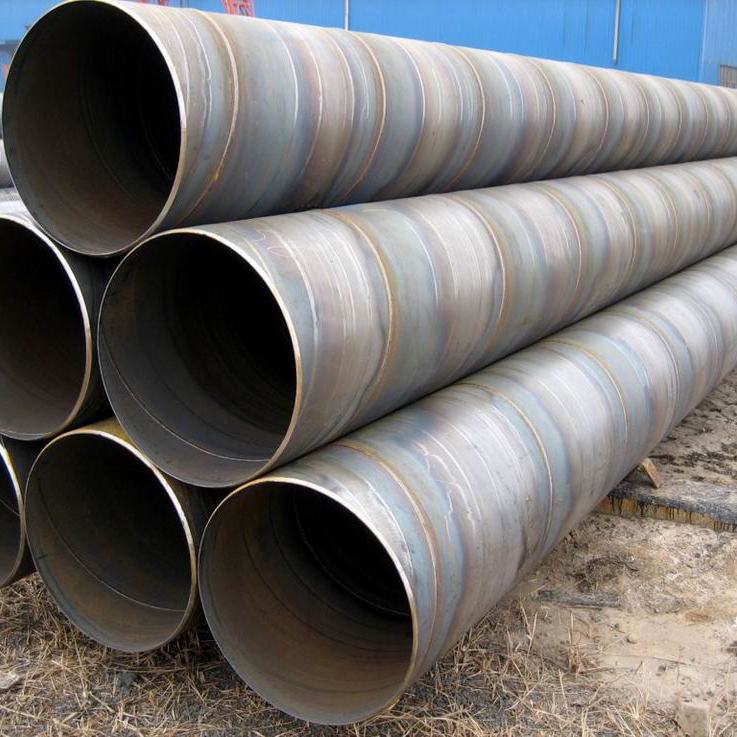
Both regular spiral steel pipe and thick-walled spiral steel pipe are types of SSAW steel pipe. Thick-walled spiral steel pipe has several benefits over regular thick-walled spiral steel pipe, including higher compressive and impact strengths, higher safety performance, and longer useful life. In general, SSAW steel pipe has greater strength than straight seam welded pipe. It can use billets of the same width to produce welded pipes of different diameters, as well as use narrower billets to produce welded pipes of larger diameters. The average outer diameter of SSAW steel pipe is also known as the nominal diameter. The reason for this is that the metal tube's tube wall is incredibly thin, and the tube's outer and inner diameters are almost identical. As a result, the tube diameter is determined by averaging the two measurements.
The automatic double-wire double-sided submerged arc welding process is used to weld SSAW steel pipe, which has spiral seams and is made of strip steel coil as the raw material.

1 To make sure the weld gap complies with welding specifications, a weld gap control device is used. Pipe diameter, misalignment, and weld gap are all strictly regulated.
2 Single-wire or double-wire submerged arc welding is used to butt the head and tail of the strip, and automatic submerged arc welding is used for repair welding after rolling into a steel pipe.
3 The online continuous ultrasonic automatic flaw detector checks the welded seams in order to guarantee that the spiral welds are subjected to non-destructive testing. In the event of a defect, it will automatically sound an alarm and spray the mark, allowing the production staff to promptly adjust the process parameters.
4 The strip is leveled, trimmed, planed, surface-cleaned, conveyed, and pre-bent prior to forming.
5. To ensure the strip is conveyed smoothly, the pressure in the cylinders on either side of the conveyor is controlled by the electric contact pressure gauge.
6 Each batch of SSAW steel pipe must go through a rigorous first inspection process after being cut into a single steel pipe to check its mechanical properties, chemical composition, weld's fusion status, the steel pipe's surface quality, and non-destructive testing to make sure the pipe-making process is qualified before it can be put into official production.
7 The components that have continuous ultrasonic flaw detection marks on the welds must undergo a new X-ray and manual ultrasonic wave examination. If they are indeed flawed, they must be fixed and put through a second non-destructive inspection to ensure that the flaws have been eliminated.